BIT's Scientific Project Aboard ISS
Translator: News Agency of BIT Zhou Xinyue
Editor: News Center of BIT Zhao Jie

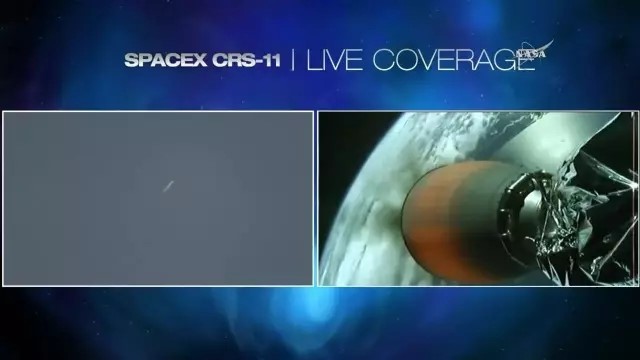
On June 4, 2017, 5:17 am (GMT+8)
US SpaceX launched the Dragon spacecraft
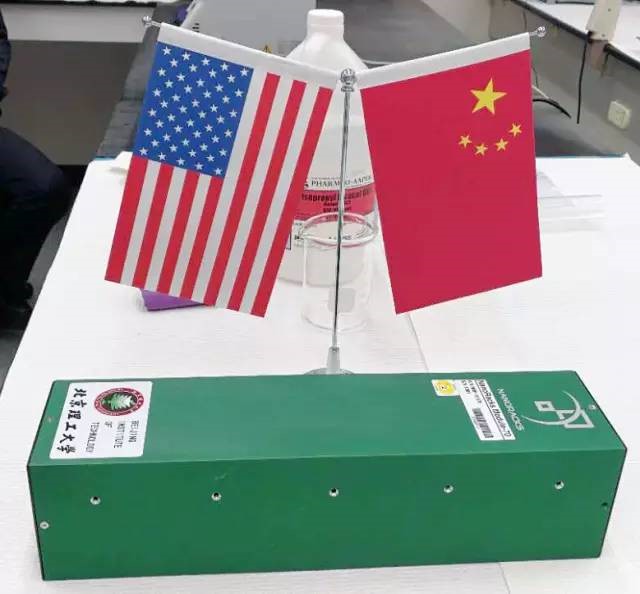
China's first life science experiment Load on the ISS
On June 4, 2017, 5:17 am (GMT+8), The Spatial Loading of DNA Mismatch in PCR Reactions in Spatial Environment , developed by Professor Deng Yulin’s team from Beijing Institute of Technology (BIT) was sent to International Space Station (ISS) via SpaceX's "Falcon 9" rocket at the Kennedy Space Center in Florida by NanoRacks, which is responsible for the operation of the ISS's scientific research platform. The load will carry out the antibody coding gene mutation law research in orbit under the space radiation and microgravity environment.

According to the established plan, the “Dragon” spacecraft will be docking with the ISS on June 6th. The successful implementation of the project will be the first time that China's space science project logs onto the ISS, marking the breakthrough of cooperation between China and the United States. According to the agreement, the US side will bring the banner of BIT to the ISS, and it will be unfolded by the astronauts in the space station lately, which will be the first and a memorable time that a banner of China’s university is showed in the ISS.
The BIT space life science load launched this time is independently innovated by Professor Deng Yulin from School of Life Science of BIT and the International Academy of Astronautics, and was supported by special project of major scientific equipment development of Ministry of Science and Technology and special project of civil aerospace of the National Defense Bureau. It is the fourth time that the team made a "space trip" after realization of "Shenzhou VIII" carrying, 2016 "Long March 7" first flight carrying and 2017 "day boat one" carrying. The BIT load will be brought into the ISS US laboratory, the experimental data will be returned to BIT researchers for follow-up scientific research.
"Small experiment", an icebreaker for the Sino- US "big cooperation" in space
Being carried by the United States and entering into the ISS is due to the achievement BIT got in the field of space life science research which has been internationally recognized. Also, our team’s serious research and breakthrough on the relevant laws contributes to this ISS experiment as well. In 2011, the US Congress promulgated the "Wolf Law" to prohibit the United States National Aeronautics and Space Administration (NASA) and the US aerospace companies contractually relating with NASA have any contact and cooperation with the space field of China. The law is a barrier of Sino-US space cooperation. Professor Deng Yulin held the unique "pioneering" spirit of BIT,worked with the US company NanoRacks in August 2015 through a business cooperation model, and passed the investigation. Finally he bring the first Chinese project to the ISS by all parties concerned.
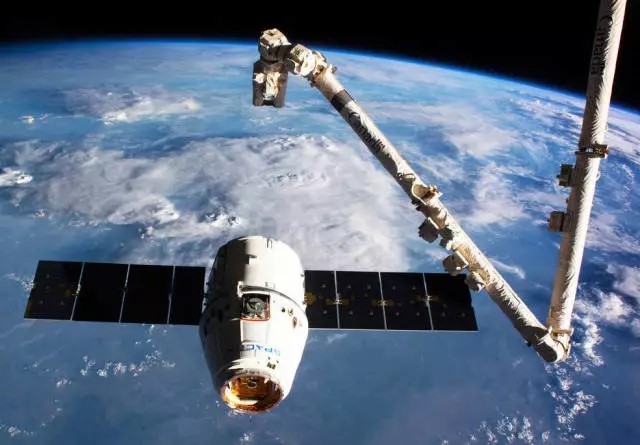
US "Dragon" cargo spacecraft in space
The load is the first time in 30 years the two countries cooperate in the space sector, with the meaning of "ice-breaking". It realizes Sino-US cooperation in the field of space station through business cooperation model, also opens up new avenues for Sino-US cooperation in space, creating the new situation of US space cooperation.
A lot of researches are required for the little load
The space load of BIT cuts into high attention of astronauts’ health, and extends it to the exploration of the effect of the spatial environment on the molecular evolution. During the flight, astronauts will face a variety of health threats, including space radiation and microgravity which is an important factor leading to astronauts' physiological dysfunction. "In the study of 'Shenzhou VIII' load experiment, we found some new phenomena of DNA variation in the space environment, which concluded that the spatial environment may be important for the evolution of biomolecules. In view of the fact that the antibody is an underestimated important biological element in the human body, we put forward the bold innovation idea, and carry out the space experiment as the model to study the effect of the spatial environment on the molecular evolution. "
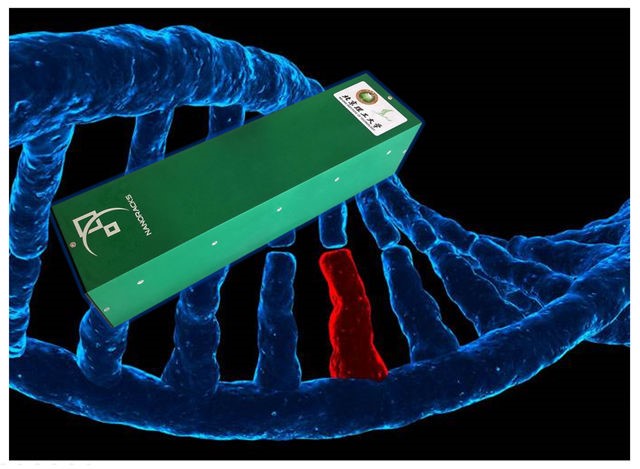
According to the team's key member Li Xiaoqiong, associate professor from School of Life Science of BIT, the scientific facility on ISS will use micro micro-flow control PCR instrument and gene amplification of the antibody DNA fragments in orbit flight, to simulate the continuation and development of human life. After the flight, the gene mutation laws will be analyzed, and the mechanism of gene mutation in space radiation and microgravity environment will be further discussed.
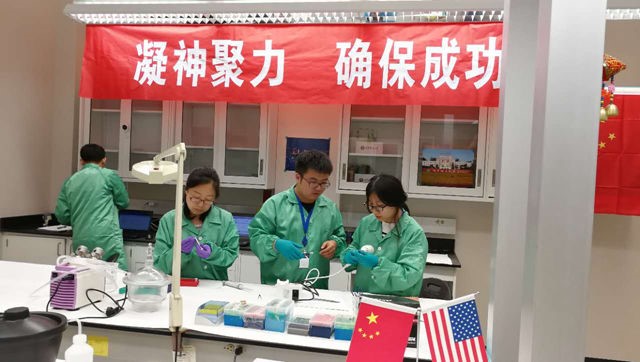
Before final test and safety evaluation
Experimental team intensely liquid, add samples, sealant, test, .etc.
About the research, Dr. Wang Rui from BIT School of Life Science introduced, "This is a basic life science research, with great scientific significance. This is the first time that the research team using the space environment to carry out 'micro-evolution' research. This not only helps us to understand the spatial environment for the biological evolution of the laws, and also is of great significance to human development, as we master the laws of gene mutation, and make the corresponding changes and modifications to better adapt to the environment, the prevention and control of disease."
"Our signature products are the talents."
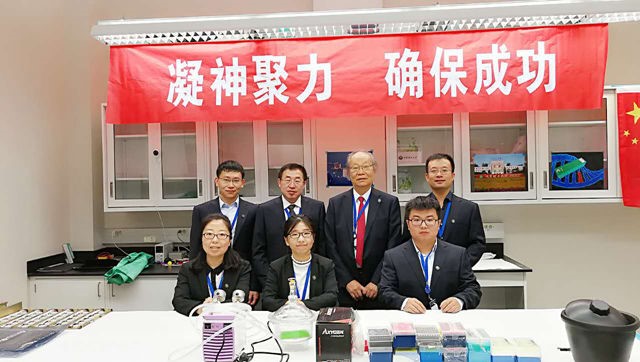
This space experiment is deemed to be not only an innovation of the traditional theory, but also an exploration of new technology. According to the introduction, the team used microfluidic chips to simulate the human growing process, and used amplification technology to simulate cell gene replication, achieving the dynamic simulation of life amplification and development, thus mastering the impact of the environment on gene amplification. At the same time, the team broke through the technical problems of gene amplification in space temperature change, "the temperature being too high will bring a huge pressure on the chips, and is prone to rupture. In the 2011’Shenzhou VIII’ carrying, we overcame this difficult with Microfluidic chips to achieve variable temperature PCR amplification technology, and carried out 'a lot of’ scientific research in the 'small' load instrument. "Li Xiaoqiong said. This time a total of two groups, 12 chips, and 60 channels will be carried." In the volume of such a severe load conditions, to achieve 20 kinds of gene mutation law research, this technology also leads in the global." Wang Rui said.
Shenzhou VIII, Long March 7, Tianzhou-1, the International Space Station ... ... Every carrying task shows BIT National Defense New Interdisciplinary Space Biology and medical engineering has formed features in instrumentation, automatic control, information electronics and life sciences, and medical cross-integration, showing strong technical strength, also making gratifying achievements in personnel training and team building Results. Li Xiaojie, Wang Rui and other young backbone teachers, Yang Chunhua, Ren Hao, Zhang Pengyi, Jin Chen, cold Kun, Han Jie and Fan Yunlong and other outstanding graduate students and senior undergraduates played important roles, key laboratories Zhang Yuxi, Ke Hongmei and Zhou Di in experimental greatly supported on technology and Logistics support, the 76-year-old Professor Zhuang Fengyuan tirelessly participated in international cooperation as a consultant. This task wa completed by more than ten people divided into two parts of science and load, and each part was composed of the young teachers and students. Deng Yulin described the teachers and students in the team with "dare to think, dare to dry, dare to innovate". He said: "Whether it is science or load, we have done a number of innovations. In the face of space radiation, complex mechanisms and law which is hard to grasp, the overall experimental design, core chip development and other problems, we strictly accordance with the time node. Everyone works very hard from the teacher to the doctoral students. The team opened up an effective model, 'young teachers + students', and closely dock with the enterprise, which can be called a very successful model example. Xiangji Haidun Technology Co., Ltd. strongly supported the task.
Dr. Ren Hao entered the project team when he was doing graduation project of undergraduate, in just more than a year, he has already begun to follow a PhD topic with the project team. "I used to do PCR every day and feel boring, but the teacher told us that scientific research is not to make new results every day, but to explore the laws and find new discoveries in repetition." Ren Hao admitted that he has grown together with the project. In order to complete the task of scientific research, he also learned to produce microfluidic chip with the teacher, "Only a dozen chips can be made even I worked day and night. Although the road is difficult, the sense of accomplishment is unable to be told after sticking to it. ”
Deng Yulin said frankly, the development of these scientific research projects not only harvested a wealth of scientific research, but also trained students the attitude to tackle difficult scientific research and to strengthen international communication skills of the teachers and students, experienced their overall consciousness and the overall spirit, provided a rare opportunity for the future independent research and technology development.
Li Xiaoqiong supposed that every time overcoming the difficulties is not only just about scientific research, but also about the process of personnel training. Through the interdisciplinary integration, more outstanding students are hoped to join the team and make greater contribution for the country, for the life science load. He said, "The most significant products of ours are not the loads but the amazing people we have. We hope that the international and domestic recognition for the space life science of BIT can provide more development results and better talents for the development and life science development of the school.
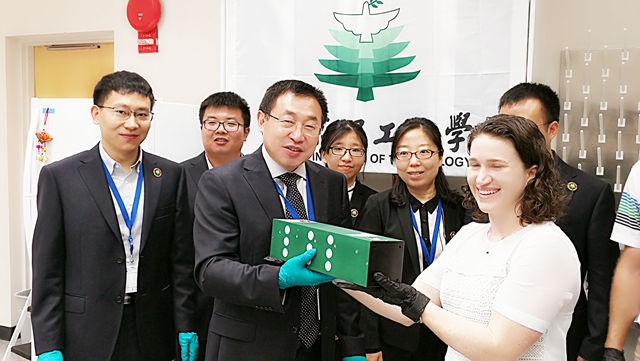
In recent years, BIT aims at the forefront world science and technology; serves the nation based on the national major strategy; gives full play to our own advantages in the field of national defense science and technology research in the accumulation of engineering and technological these years; strengthens the construction of biomedical engineering disciplines; focuses on cross-integration; develops rapidly in space life science. Furthermore, under the support of major national projects, the superior units and fraternal units, we seizes the opportunity to carry out the multi-time carrying of the space load of the BIT; contributes to the deep space exploration research in China; formed the influence in the field of international space research. At the next stage, the cooperation between BIT and the European Space Agency (ESA) in the International Space Station has been launched, and BIT is believed to write its own wonderful strokes in the great journey of human exploration of space.

